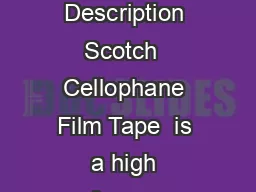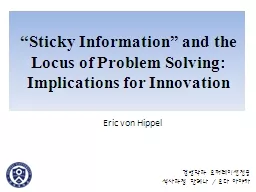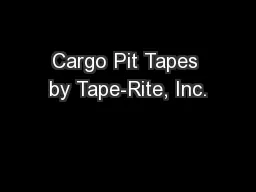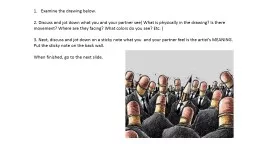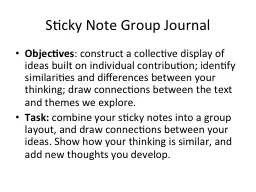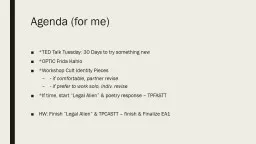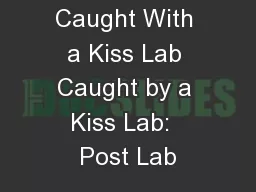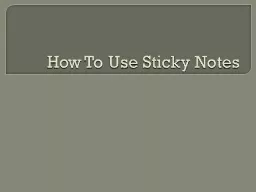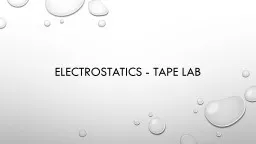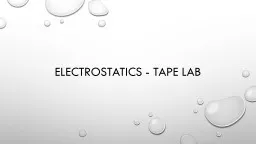PPT-Sticky Tape Lab A Discussion
Author : lois-ondreau | Published Date : 2018-12-19
Charge Which items in the Sticky Tape Lab exhibited a charge What behavior was displayed that makes you believe those objects were charged No Charge Were there items
Presentation Embed Code
Download Presentation
Download Presentation The PPT/PDF document "Sticky Tape Lab A Discussion" is the property of its rightful owner. Permission is granted to download and print the materials on this website for personal, non-commercial use only, and to display it on your personal computer provided you do not modify the materials and that you retain all copyright notices contained in the materials. By downloading content from our website, you accept the terms of this agreement.
Sticky Tape Lab A Discussion: Transcript
Download Rules Of Document
"Sticky Tape Lab A Discussion"The content belongs to its owner. You may download and print it for personal use, without modification, and keep all copyright notices. By downloading, you agree to these terms.
Related Documents


